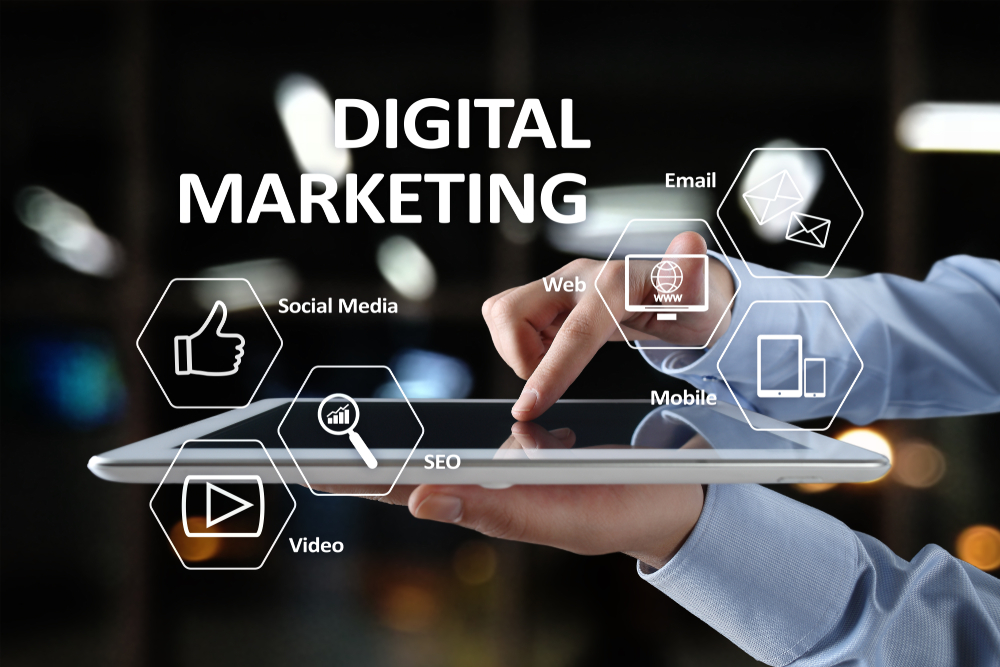The fear of exhausting a consumer base haunts most of today’s competitive businesses, something that not only does happen but often takes place earlier than anyone expected. In the online world, modern businesses can attempt to keep existing customers by offering them loyalty schemes, discounts or special offers. Your own business can also innovate by using content marketing if you have noticed that purchases are often made by the same customers in the same neighbourhood over and over again and you can foresee a stagnation of your own consumer base.
According to a recent Zeentree.com study, 69% of marketers in the Middle East believe content marketing is crucial for their businesses, with 31% of those respondents claiming to give more than 50% of their marketing budget to the endeavour. Content marketing, which is intended to appeal to customers, may, therefore, be the next step your organisation must take. There are several ways you can make efficient use of content marketing to improve your customer outreach and, ultimately, your company’s overall sales and profits.
Your business probably already uses the tactics of praising your own product while trying to persuade your customers to make use of them via customer benefits because you know that other brands are delivering much the same product. This is often viewed by those customers not so much as subtle persuasion but as a form of bribery. In content marketing, you can focus on the common problems that potential customers may face because they do not have your product or if they have a version of it from another company that is not as up-to-date as your own. Whether you decide to make your content in the form of promotional videos, blog posts, podcasts or case studies, you should always remember that the average consumer must be able to relate to it. Regularly updating your marketing media will also make followers more likely to trust your company and product and could even cause beneficial word-of-mouth marketing.
It is also a good idea to make a generous investment in the creation of interactive content for potential consumers, depending on your target audience. In content marketing, it is less important to give general descriptions of the product you are selling and more important to provide practical reasons why consumers should keep up with your business and products. Those reasons may seem rather limited to you, but if you engage the services of a content marketing team, you are likely to be surprised at the number of dimensions they will find for you to explore.
A content marketing team may suggest that you partner with a complementary local business to gain a wider audience or to determine particular markets that likely can afford your offered services. A content marketing team can consist of outsourced institutes, filmmakers and writers that may already work in your business, full-time design employees or freelancers. Content marketing is overall a great way to solve the problem of tired marketing strategies while making full use of the online community’s potential.











